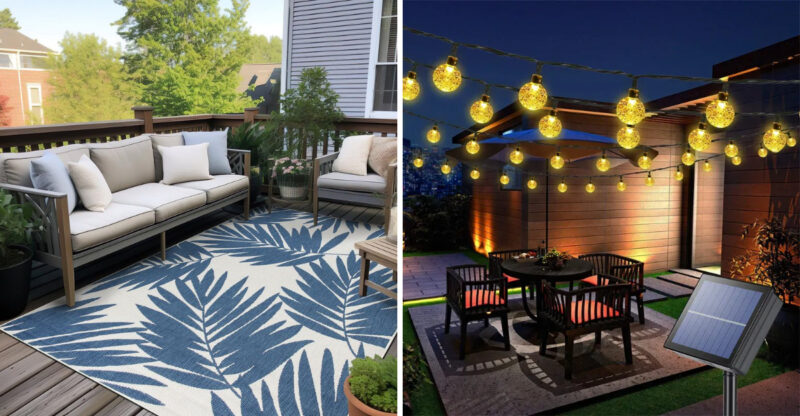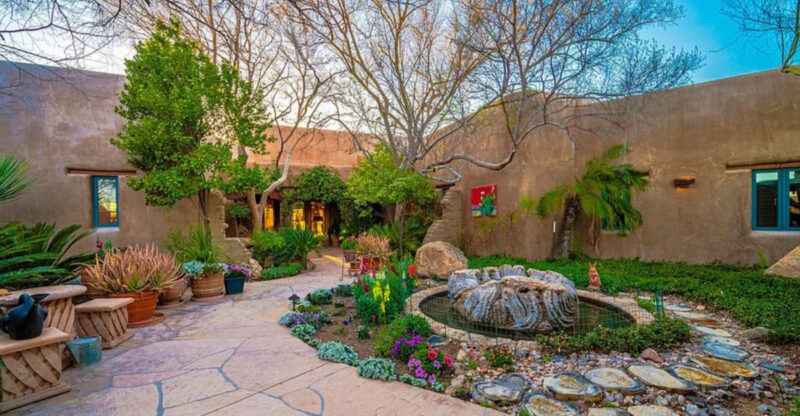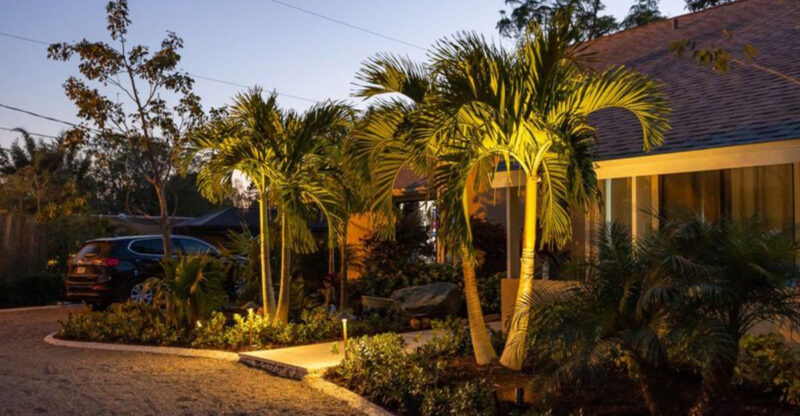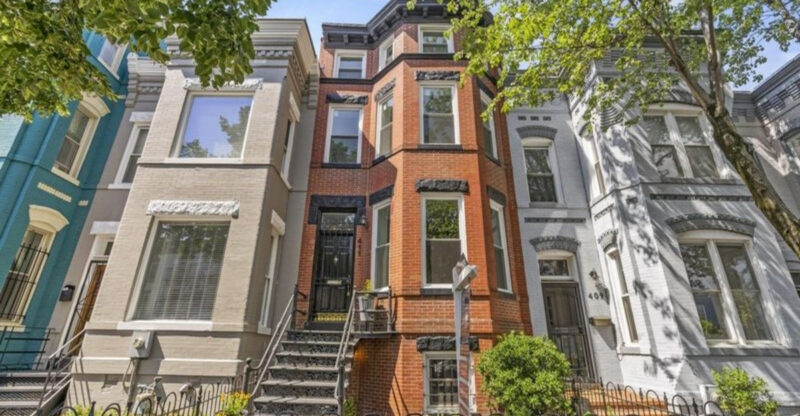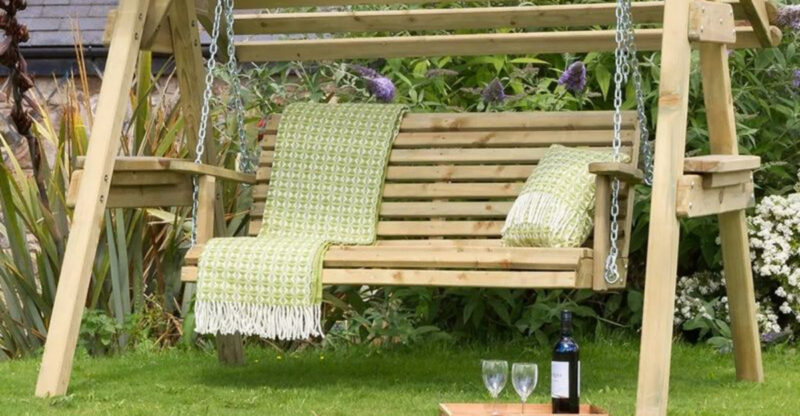15 Rustic Outdoor Vibes Taking Over Vermont Neighborhoods
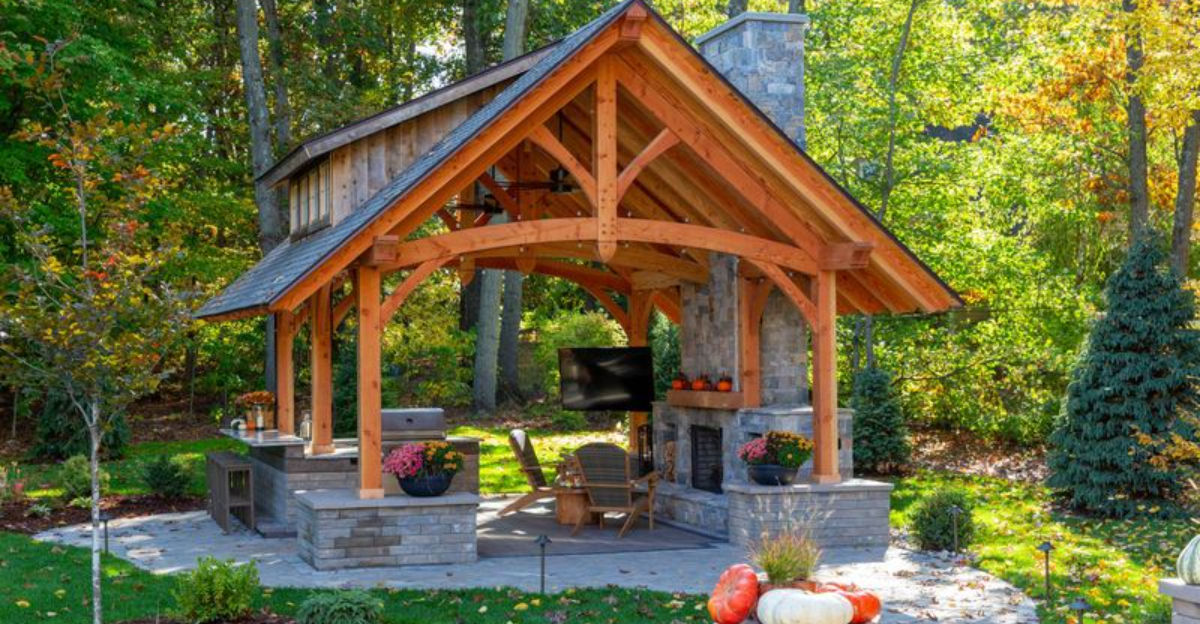
Vermont’s charming neighborhoods are embracing rustic outdoor elements that celebrate the state’s rural heritage. From weathered wood to natural stone features, these design trends create inviting spaces that honor traditional craftsmanship while connecting homes to the surrounding landscape.
Homeowners across the Green Mountain State are finding creative ways to bring countryside charm right to their doorsteps.
1. Reclaimed Wood Fencing And Gates
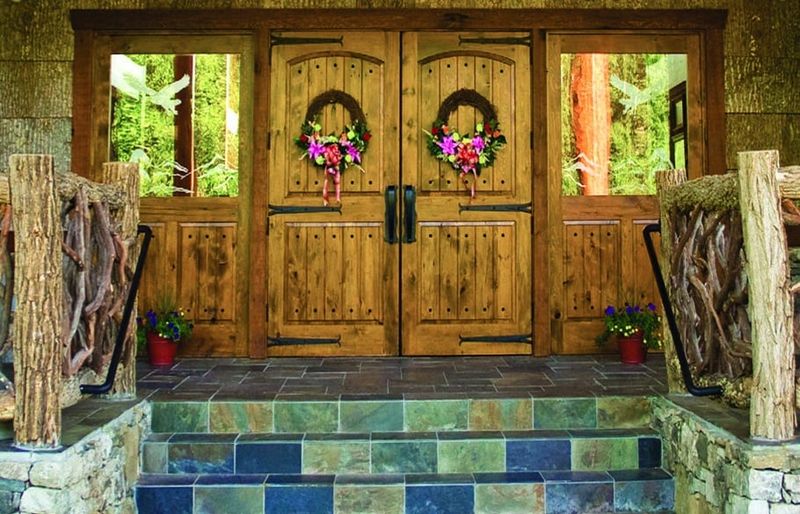
Weathered boards from century-old barns find new purpose as boundary markers throughout Vermont communities. Reclaimed wood fencing offers character impossible to replicate with store-bought materials.
Each knot and sun-bleached patch tells a story of Vermont’s agricultural past. Homeowners pair these fences with hand-forged hardware and rustic gate designs that welcome visitors with authentic charm.
2. Classic Stone Walls And Fieldstone Accents
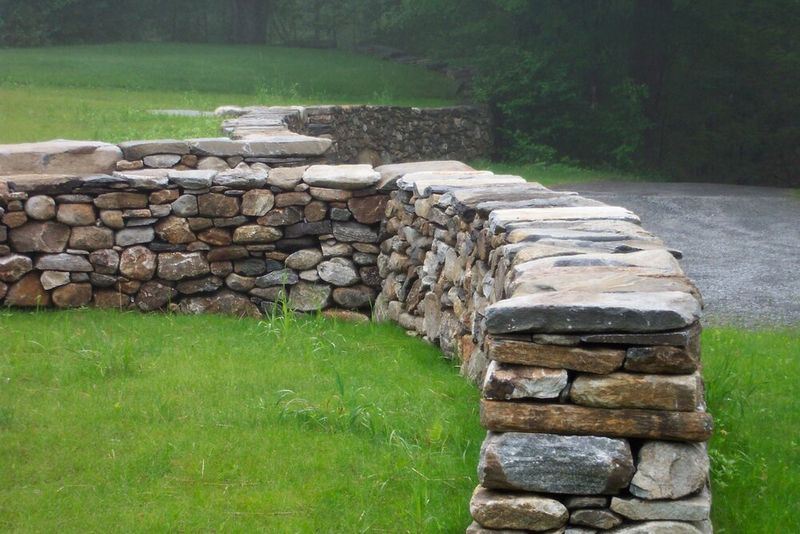
Stacked without mortar by skilled hands, these iconic boundaries have defined New England landscapes for centuries. Classic stone walls require patience and precision to construct properly.
Fieldstone gathered from local land creates structures uniquely tied to Vermont’s geology. Many homeowners incorporate these rugged elements as retaining walls, garden borders, or decorative features that improve with age.
3. Weathered Barn Board Siding For Sheds And Structures
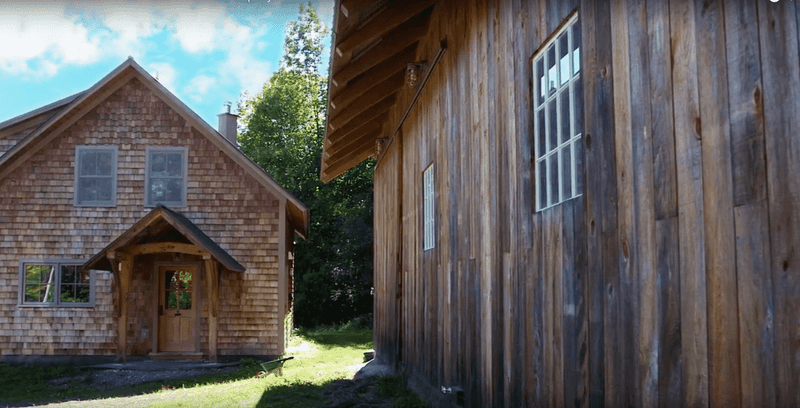
Silver-gray patina develops naturally as these structures age gracefully in Vermont’s changing seasons. Barn board siding transforms ordinary storage buildings into statement pieces that complement the landscape.
Homeowners treasure the authentic character that comes from using salvaged materials with visible saw marks and nail holes. These textured surfaces create visual interest while honoring traditional Vermont building methods.
4. Antique Iron Garden Decor And Sculptures
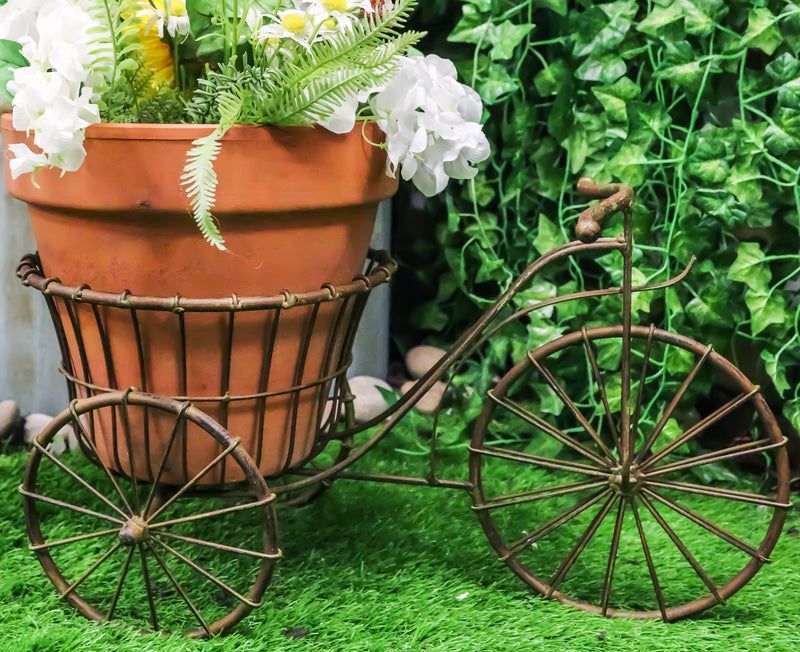
Forgotten farm implements transform into conversation pieces throughout Vermont gardens. Antique iron pieces develop rich rust patinas that complement natural plantings and stone elements.
Weathered gears, wheels, and tools connect modern homes to the state’s industrial heritage. Creative homeowners arrange these found objects as focal points or integrate them into garden beds where they emerge like artifacts from the landscape.
5. Adirondack Chairs And Classic Porch Furniture
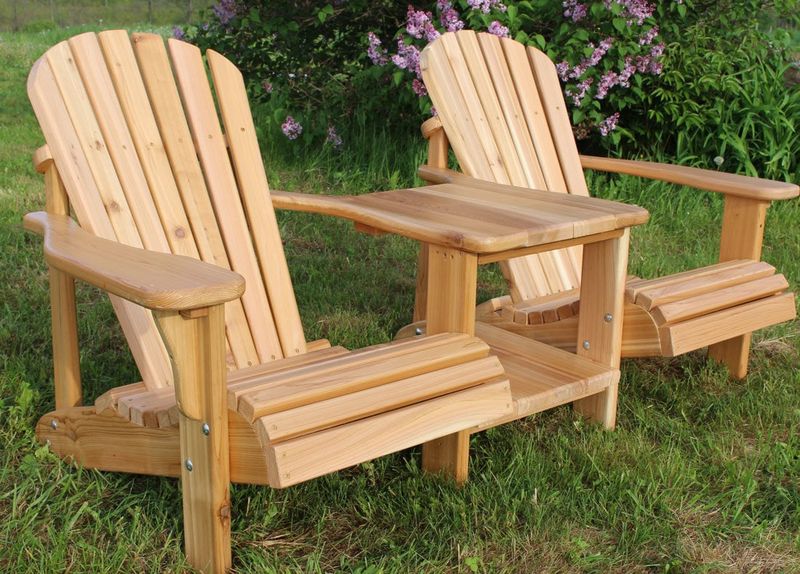
Morning coffee tastes better from these iconic sloped-back seats that invite slow appreciation of Vermont views. Adirondack chairs represent quintessential Northeast outdoor living with their distinctive silhouette and comfortable design.
Cedar and pine versions weather to a silvery gray that blends with natural surroundings. Families gather around these timeless pieces that offer front-row seats to Vermont’s spectacular seasonal changes.
6. Vintage Farm Equipment As Garden Art
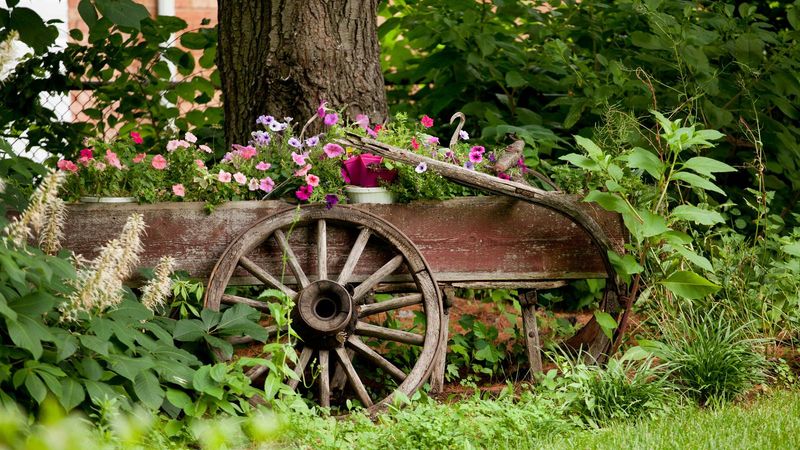
Rusted plow blades emerge from flower beds like sculptural elements connecting present to past. Vintage farm equipment finds renewed purpose as artistic focal points throughout Vermont landscapes.
Old wagon wheels lean against maple trees or serve as unique trellises for climbing plants. Homeowners celebrate agricultural heritage by displaying these conversation pieces that tell stories of Vermont’s farming traditions.
7. Natural Stone Fire Pits And Outdoor Fireplaces
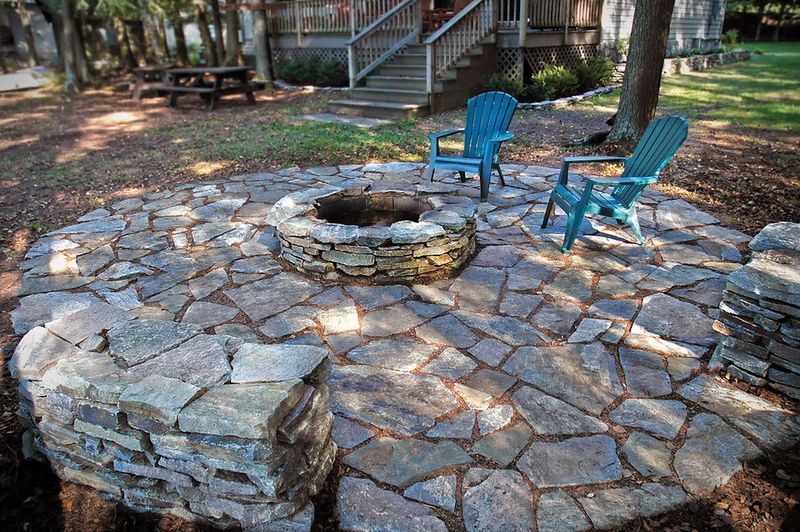
Fieldstones collected from Vermont hillsides create gathering places that glow with warmth on crisp evenings. Natural stone fire features become neighborhood focal points where stories are shared under starlit skies.
Local granite and schist withstand freeze-thaw cycles while developing character with each passing season. These rustic hearths extend outdoor living well into fall, when Vermont’s legendary foliage provides a spectacular backdrop for fireside gatherings.
8. Copper And Tin Lantern Lighting
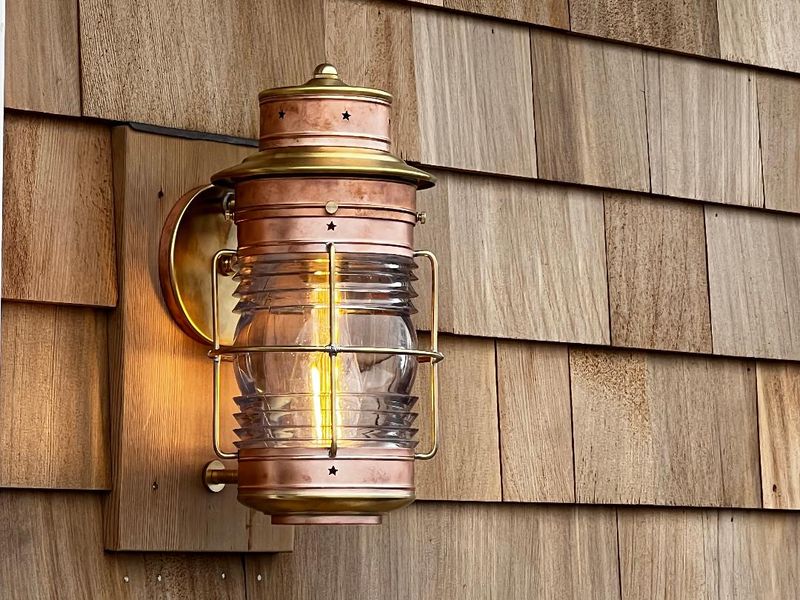
Soft golden light spills from handcrafted fixtures that recall Vermont’s colonial past. Copper and tin lanterns develop beautiful patinas that improve with exposure to the elements.
Traditional designs featuring punched patterns cast enchanting shadows across porches and garden paths. Homeowners appreciate how these authentic lighting options create ambiance while referencing historical New England architecture and craftsmanship.
9. Native Plant Landscaping And Wildflower Gardens
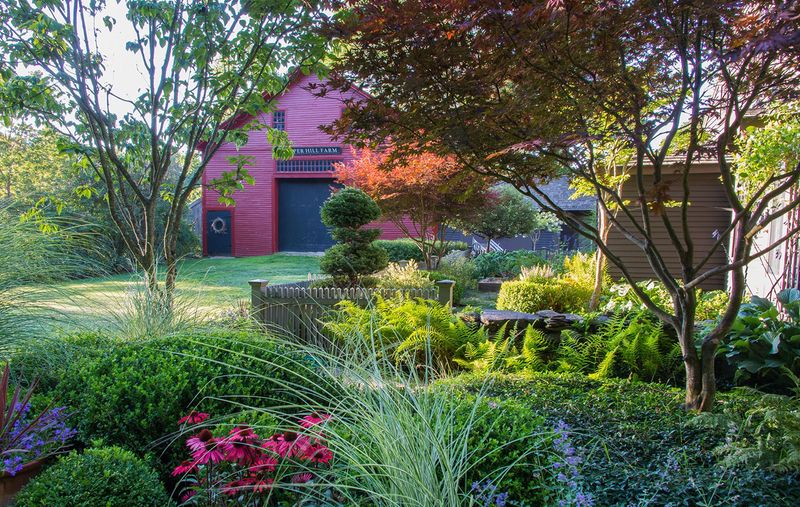
Purple coneflowers sway beside black-eyed Susans in gardens that celebrate Vermont’s natural heritage. Native plant landscaping requires less maintenance while providing habitat for local pollinators and wildlife.
Meadow-inspired designs replace traditional lawns with sustainable alternatives that change beautifully through seasons. Homeowners embrace this ecological approach that connects their properties to Vermont’s wild landscapes while reducing water usage.
10. Handcrafted Wooden Planters And Window Boxes
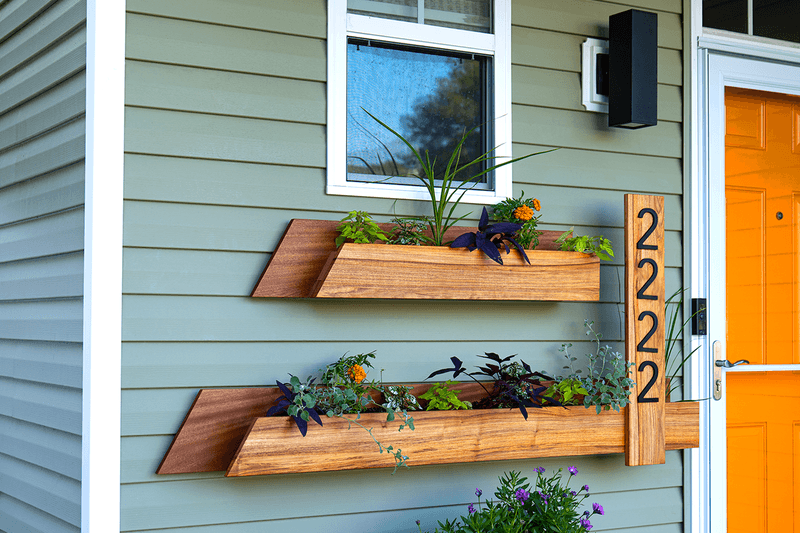
Cedar boxes overflow with geraniums and trailing vines, adding living color to rustic home exteriors. Handcrafted wooden planters develop silvery patinas that complement weathered siding and natural stone elements.
Local craftspeople create these containers using traditional joinery rather than nails or screws. Vermont homeowners appreciate how these authentic details elevate garden displays while supporting regional woodworking traditions.
11. Rustic Pergolas And Timber Framing
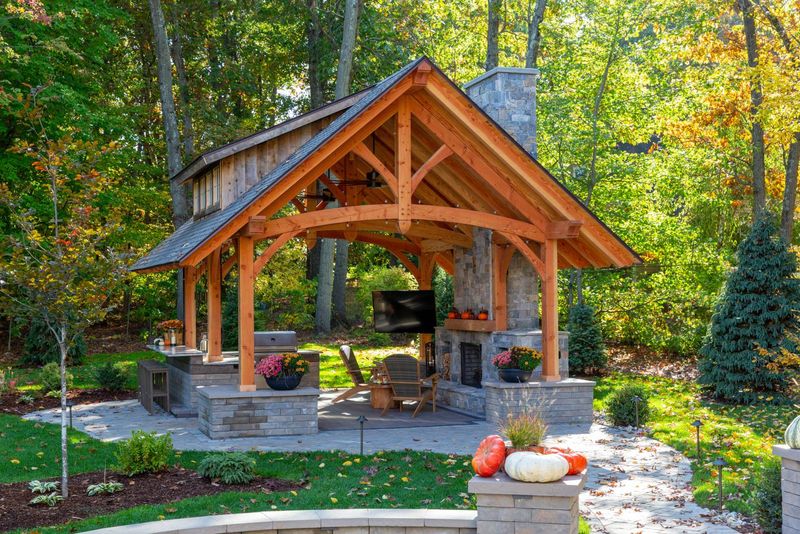
Hand-hewn beams create outdoor living spaces with architectural significance beyond mere function. Rustic pergolas showcase traditional joinery techniques that Vermont craftspeople have perfected over generations.
Climbing vines intertwine with rough-cut timbers, softening the structure’s appearance. These impressive frameworks define outdoor rooms while allowing dappled sunlight to create ever-changing patterns on patios and garden spaces.
12. Rustic Outdoor Kitchens And Grilling Stations
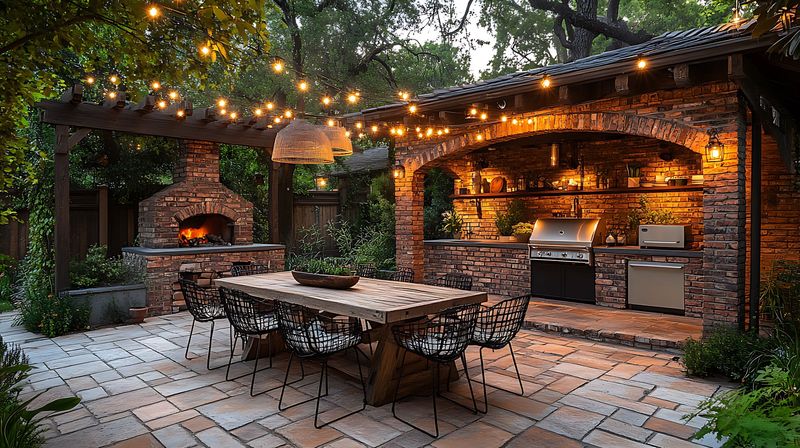
Granite countertops salvaged from local quarries provide durable work surfaces for al fresco cooking. Rustic outdoor kitchens blend functionality with Vermont’s tradition of gathering around food prepared from local ingredients.
Weathered wood cabinets and stone veneer create spaces that feel established rather than newly built. Families extend their time outdoors with these practical yet beautiful cooking areas designed to withstand harsh northern winters.
13. Covered Porches With Exposed Beams
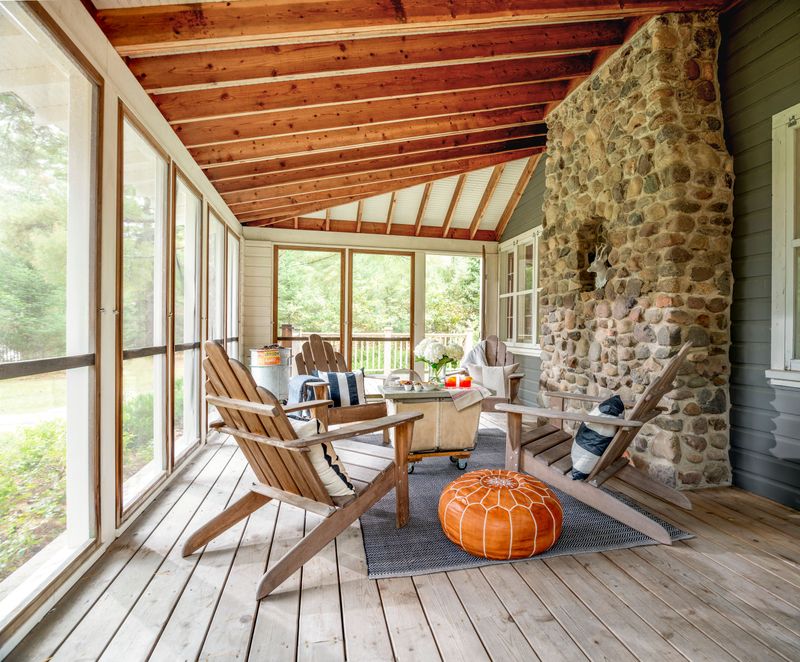
Rough-hewn timbers frame views of Vermont’s rolling hills from these sheltered outdoor living spaces. Covered porches extend usable square footage while providing protection from summer showers and winter snow.
Hand-notched joinery showcases traditional building techniques that modern homeowners cherish. These architectural features create transitional spaces between indoors and out where families gather to watch thunderstorms roll across mountain valleys.
14. Gravel Pathways And Natural Walkways
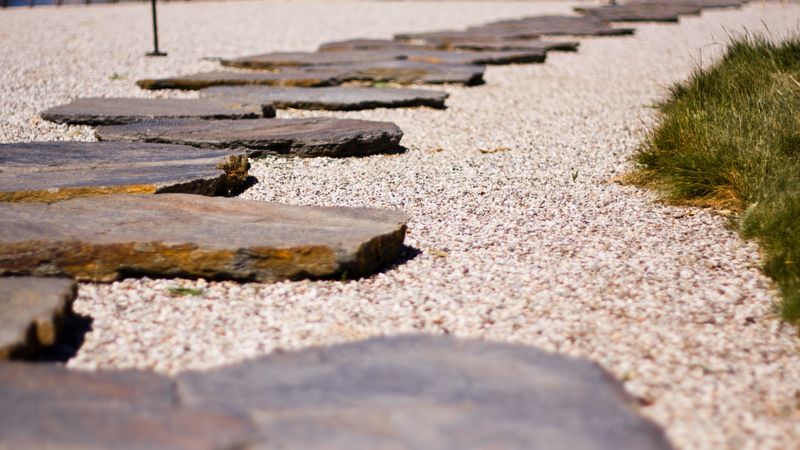
Crunching footsteps announce visitors approaching along these permeable surfaces that drain Vermont’s spring rains. Gravel pathways wind through gardens, connecting outdoor spaces with materials that feel appropriate to the rural setting.
Local crushed stone in warm earth tones complements surrounding landscape elements. Homeowners appreciate how these low-maintenance routes develop character as they settle into the land over time.
15. Traditional Vermont Sugar Shack-Inspired Sheds
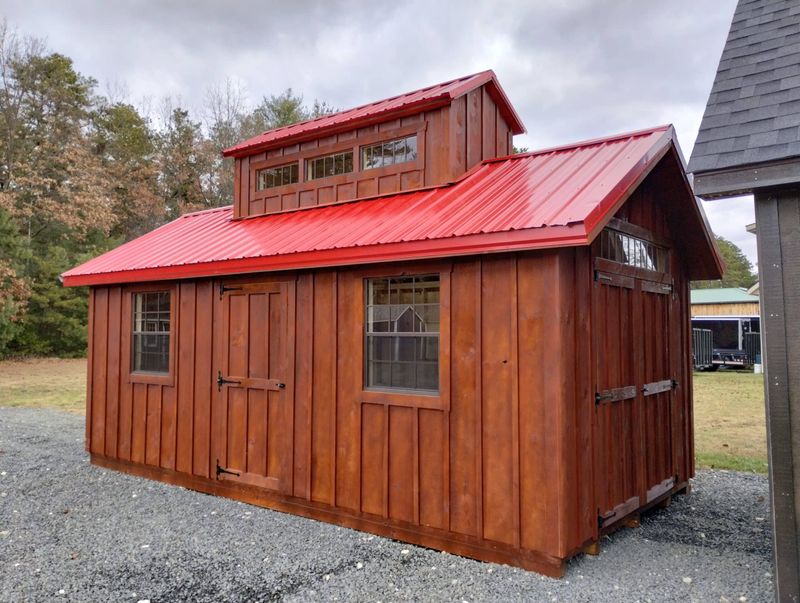
Metal roof peaks rise above board-and-batten siding in these functional structures that reference Vermont’s maple sugaring heritage. Sugar shack-inspired designs feature practical elements like cupolas for ventilation and deep overhangs for tool storage.
Red-painted doors provide colorful contrast against weathered wood exteriors. Homeowners adapt these iconic buildings as garden sheds, workshops, or even cozy backyard retreats where Vermont traditions continue.

